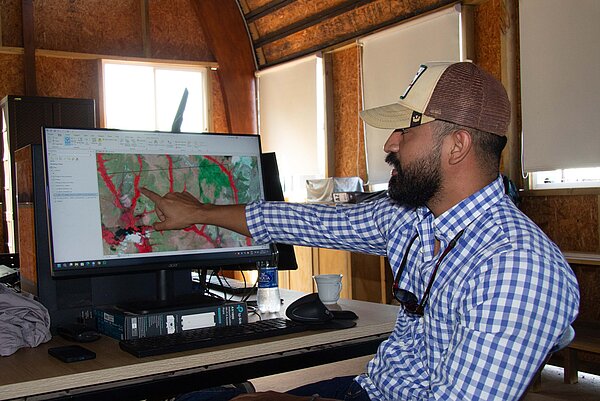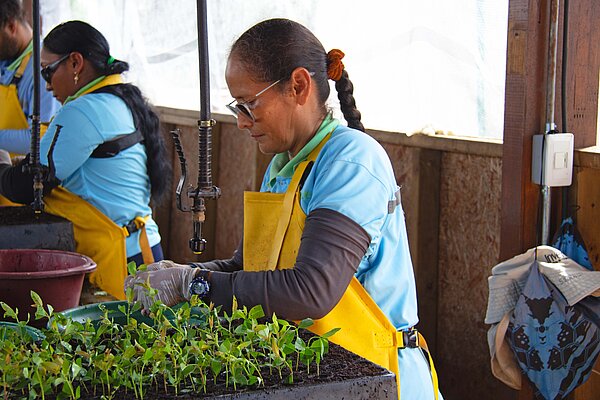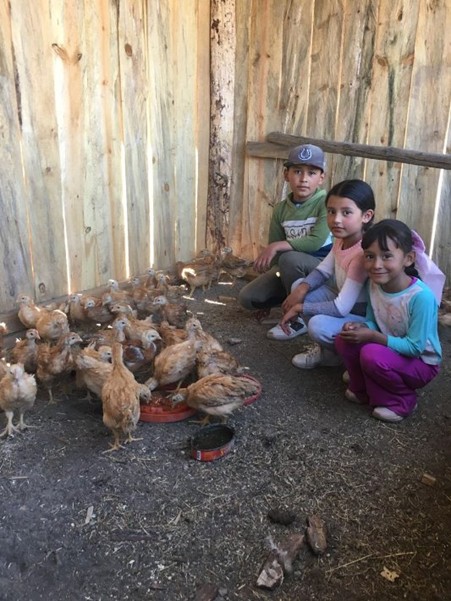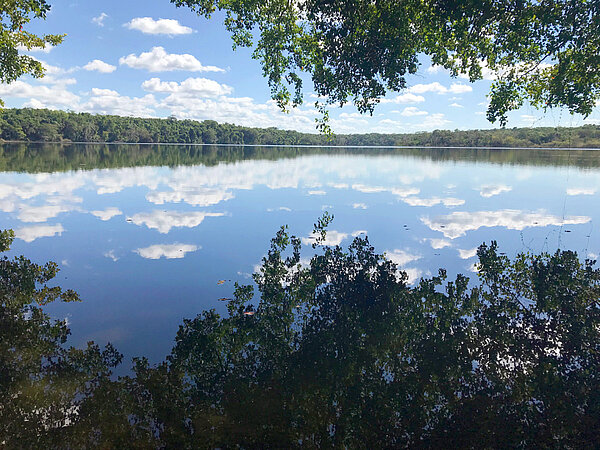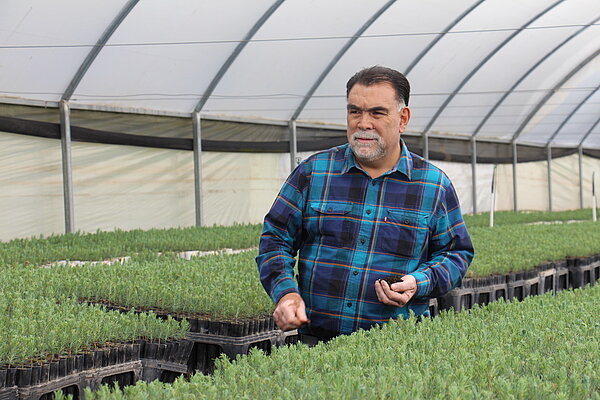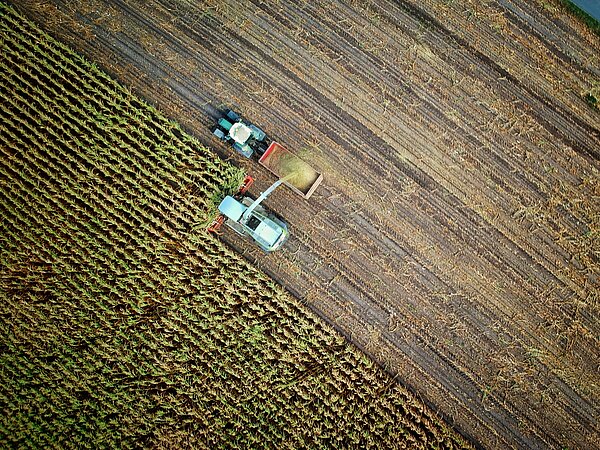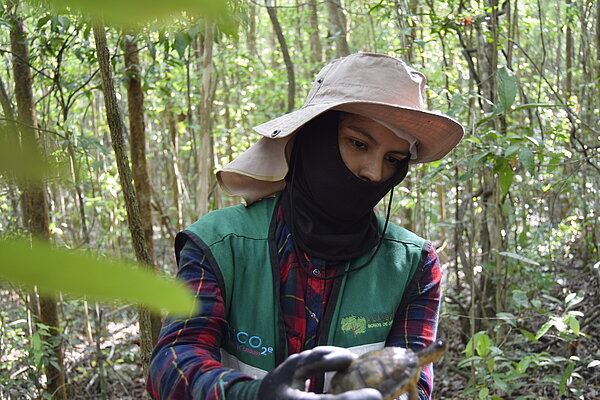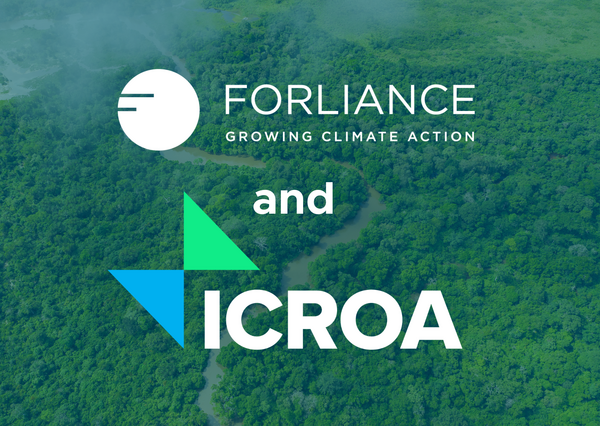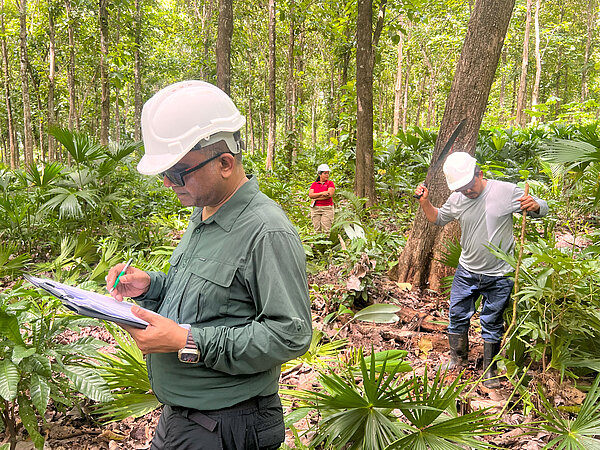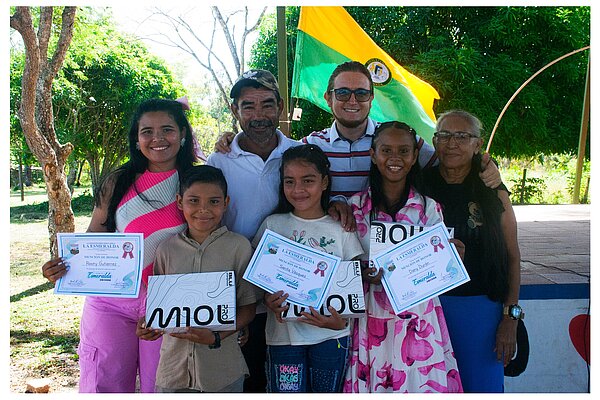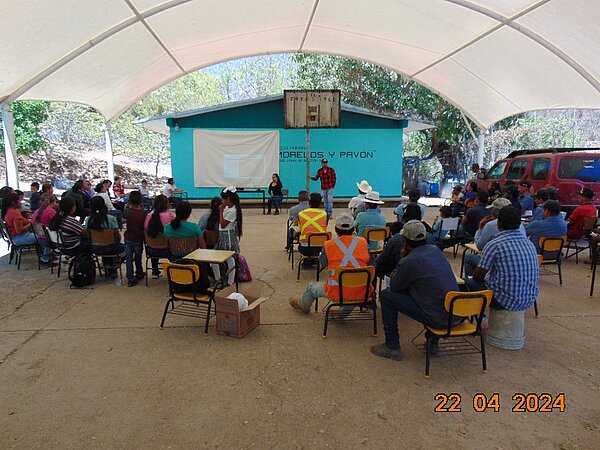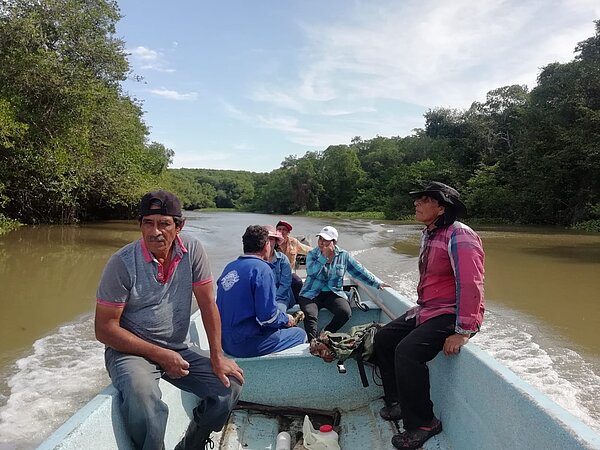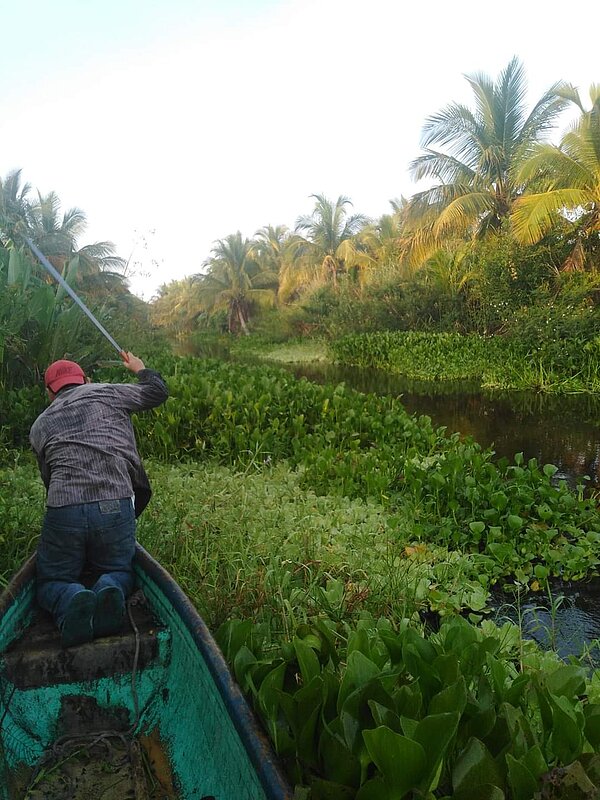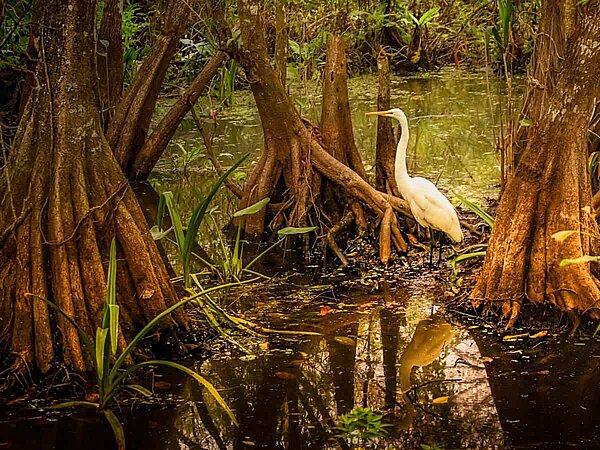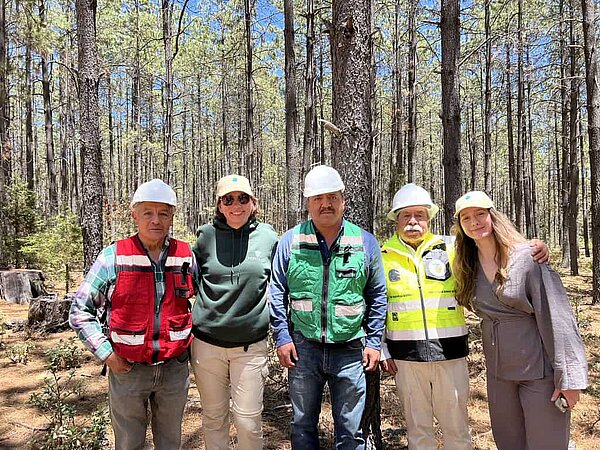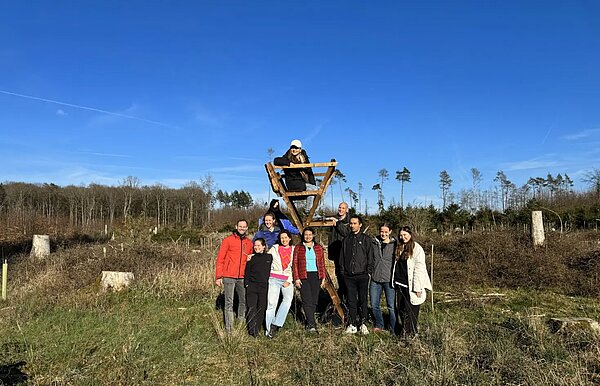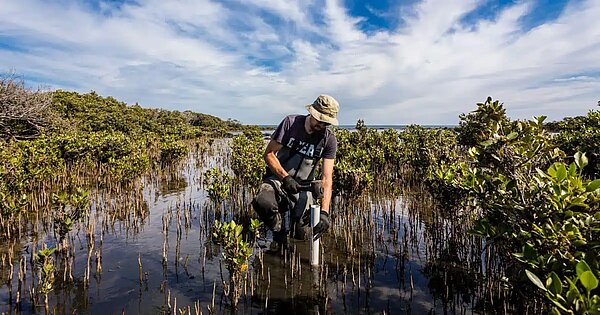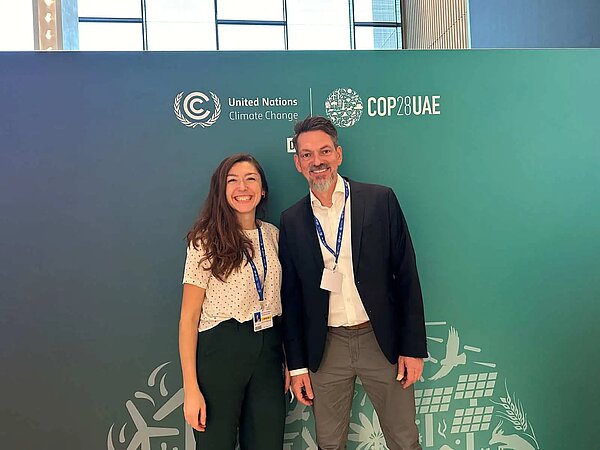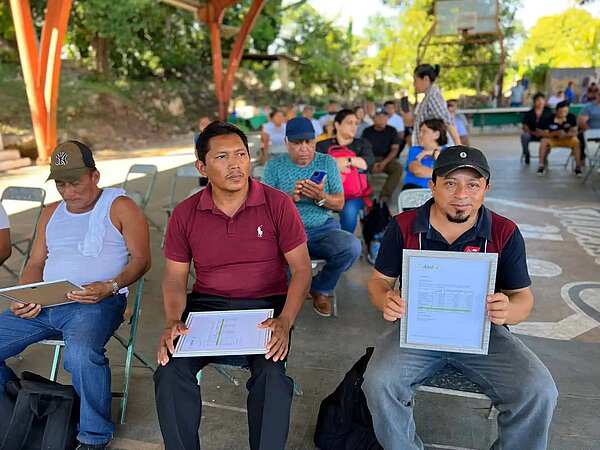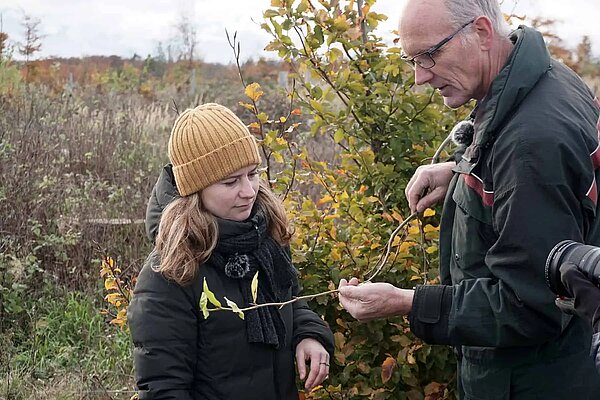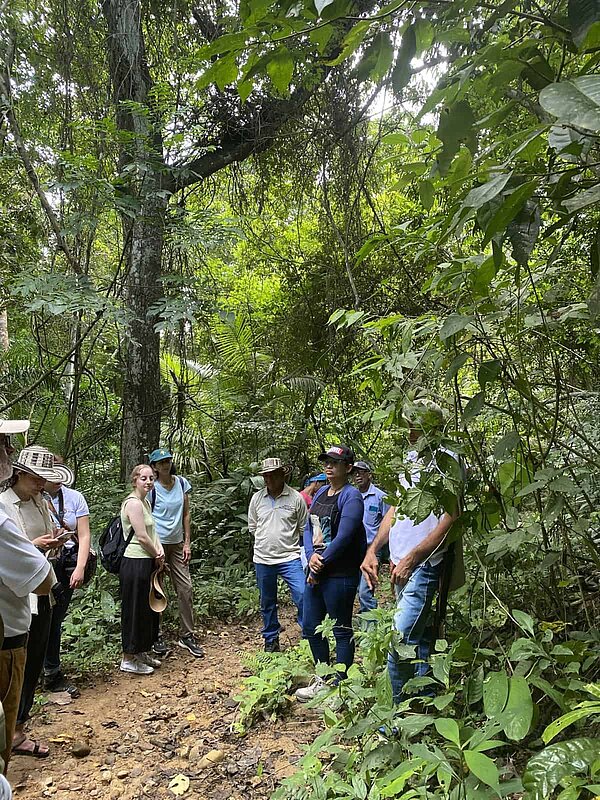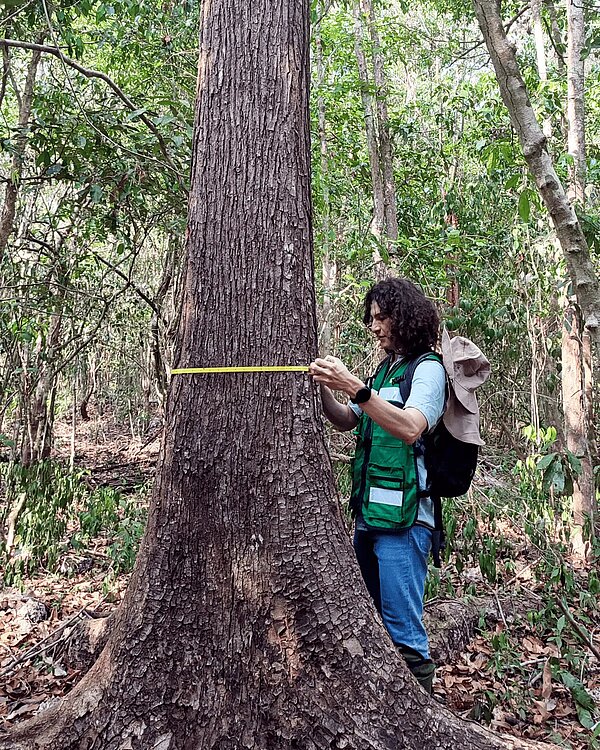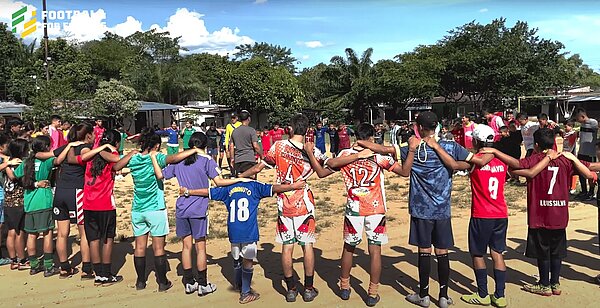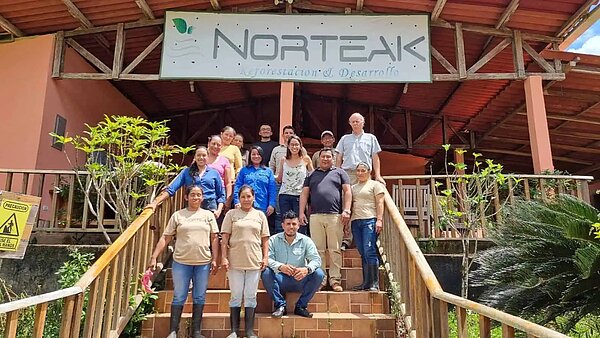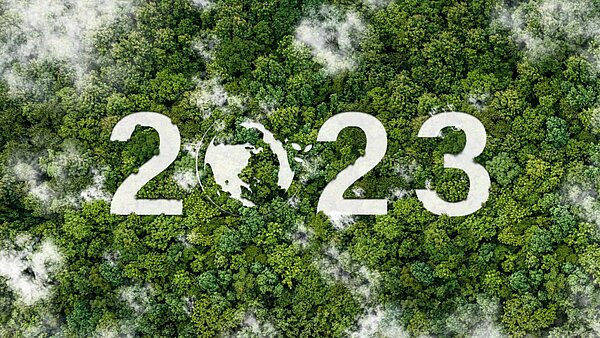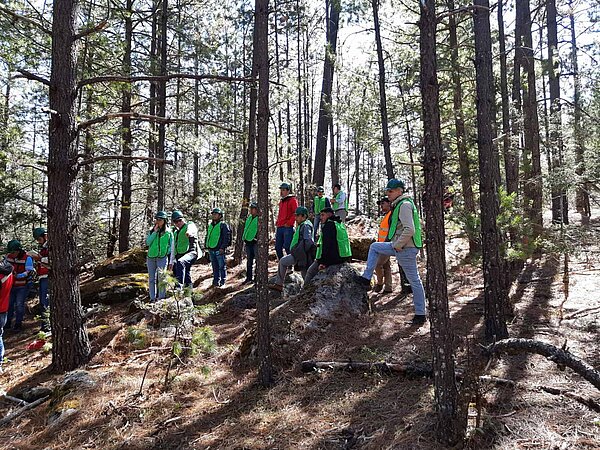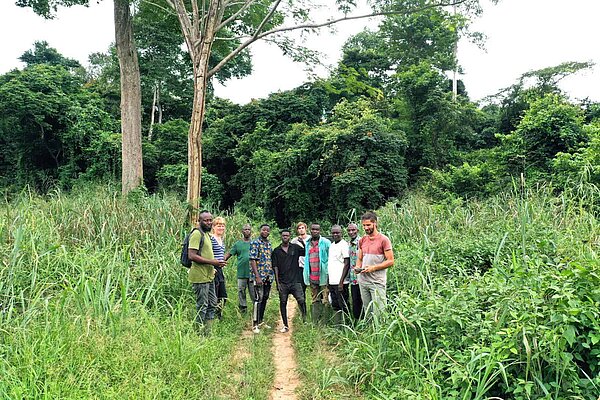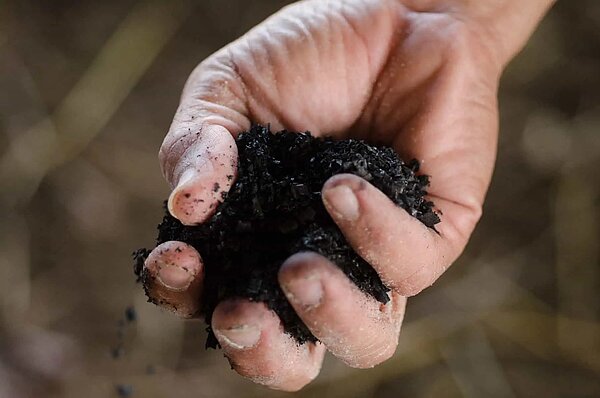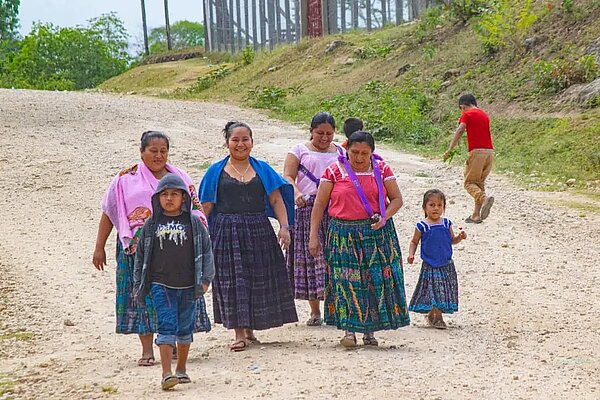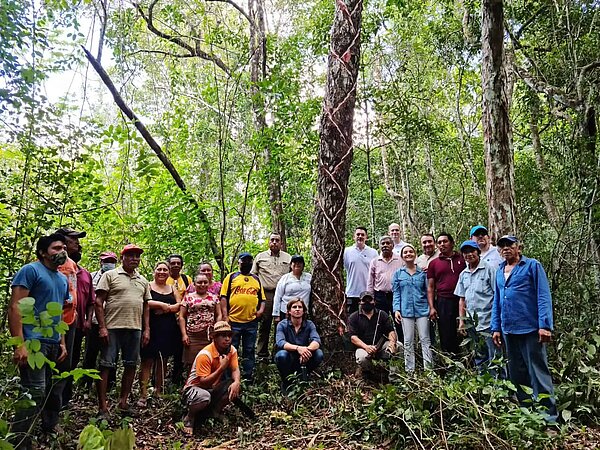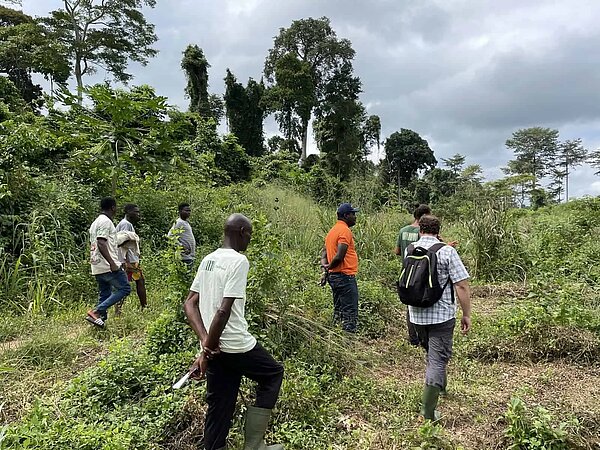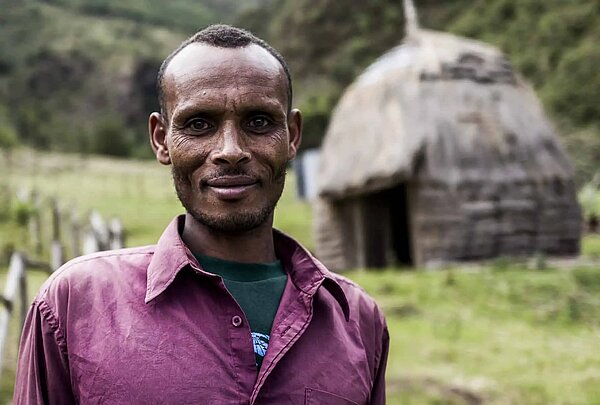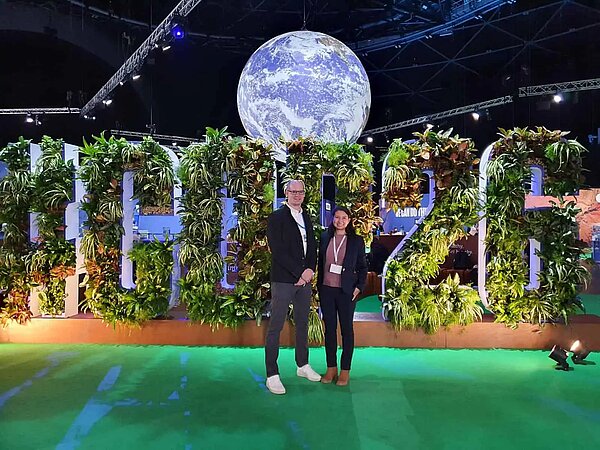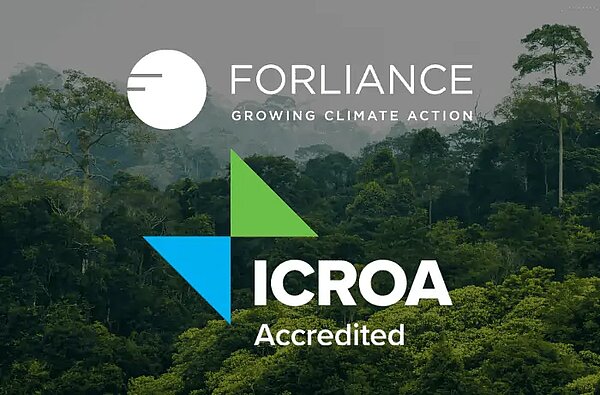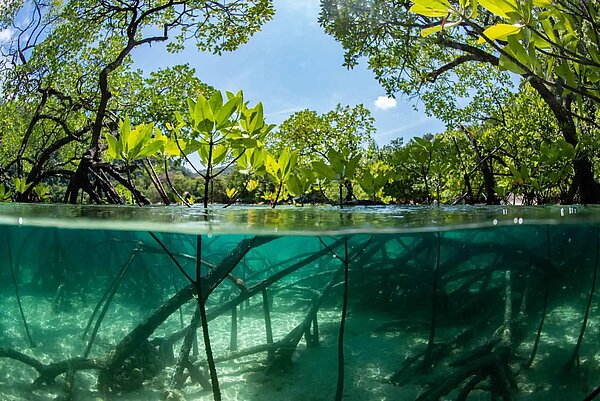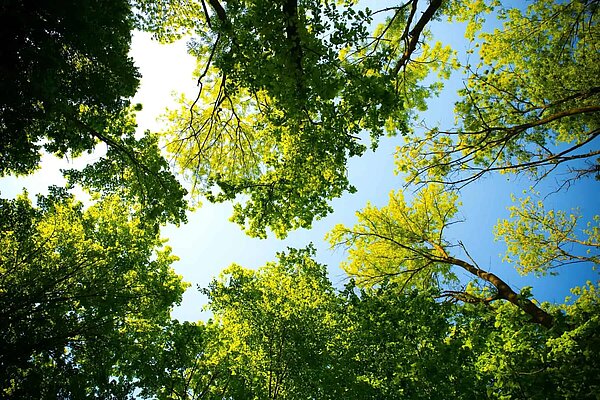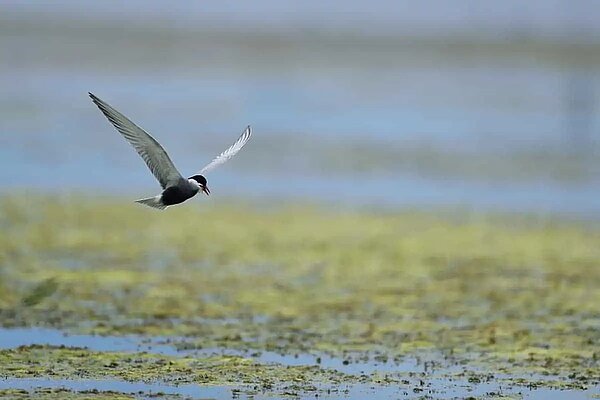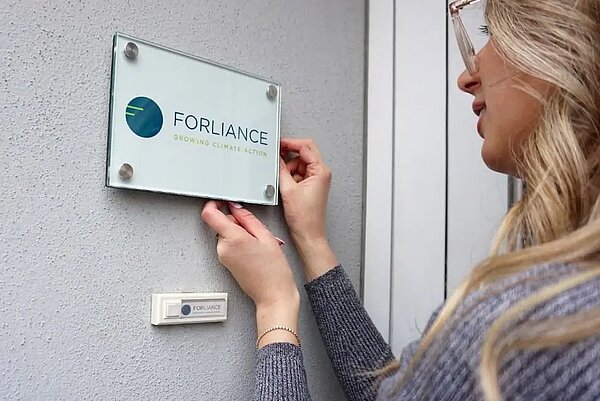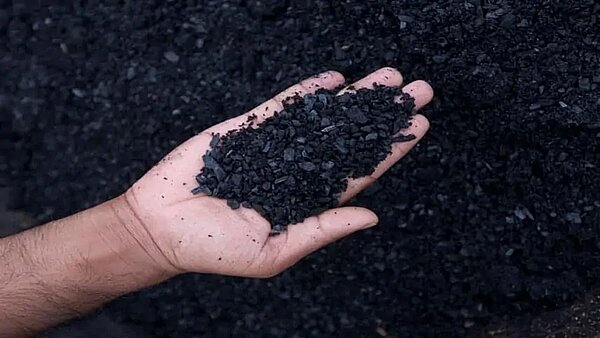FORLIANCE está desarrollando una Metodología de Gestión Sostenible de Manglares junto con Gold Standard
September 14, 2021
Últimas Actualizaciones
Los manglares forman parte de los ecosistemas más esenciales del mundo y, sin embargo, han sido durante mucho tiempo uno de los hábitats más amenazados de la tierra. FORLIANCE está trabajando en conjunto con Gold Standard para desarrollar una metodología destinada a proteger y restaurar manglares.

Los manglares forman parte de los ecosistemas más esenciales del mundo y, sin embargo, han sido durante mucho tiempo uno de los hábitats más amenazados de la tierra. FORLIANCE está trabajando en conjunto con Gold Standard para desarrollar una metodología destinada a proteger y restaurar manglares.
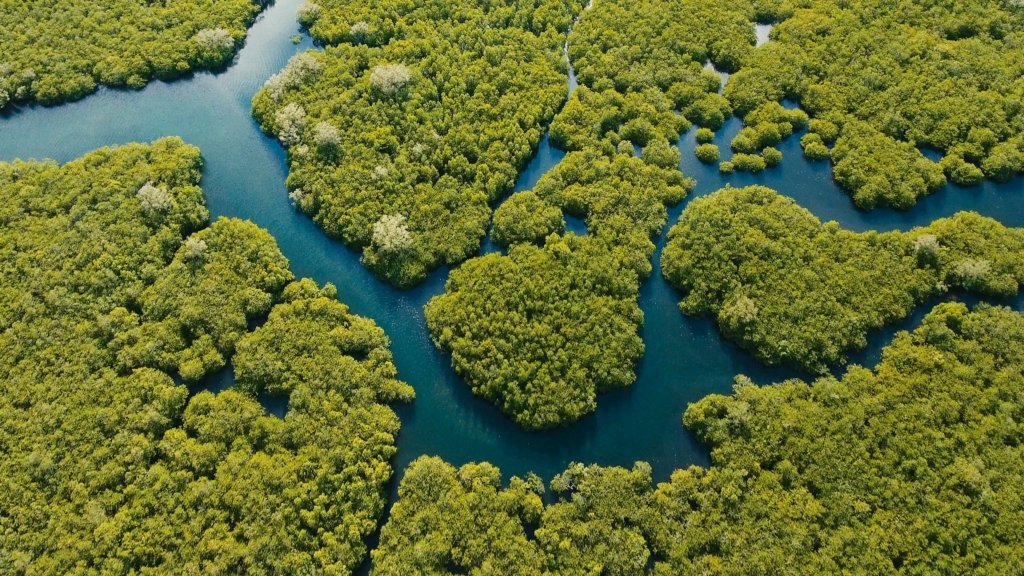
Los manglares y sus asociados son considerados clave en la interacción del ecosistema costero.
La importancia del ecosistema de carbono azul
Los ecosistemas de carbono azul son los mayores sumideros de emisiones del mundo. Estos ecosistemas secuestran y almacenan más carbono por unidad de área que los bosques terrestres. Cuando estos sistemas se dañan, una enorme cantidad de carbono se libera nuevamente a la atmósfera.
Proteger y restaurar los hábitats costeros es una cuestión urgente y un paso importante hacia la protección del clima. Al proteger estos sistemas, no solo aseguramos que se mantengan como sumideros de carbono a largo plazo, sino que también promovemos ambientes costeros saludables que brindan múltiples beneficios. Algunos ejemplos incluyen oportunidades recreativas, protección contra tormentas y hábitats de cría para pesquerías comerciales y recreativas. Los manglares, las praderas marinas y los arrecifes de coral funcionan como un sistema continuo que mantiene saludables las zonas costeras y proporciona hábitats esenciales para miles de especies. Al estabilizar las costas, este ecosistema previene la erosión y protege la tierra y a las personas que viven allí..
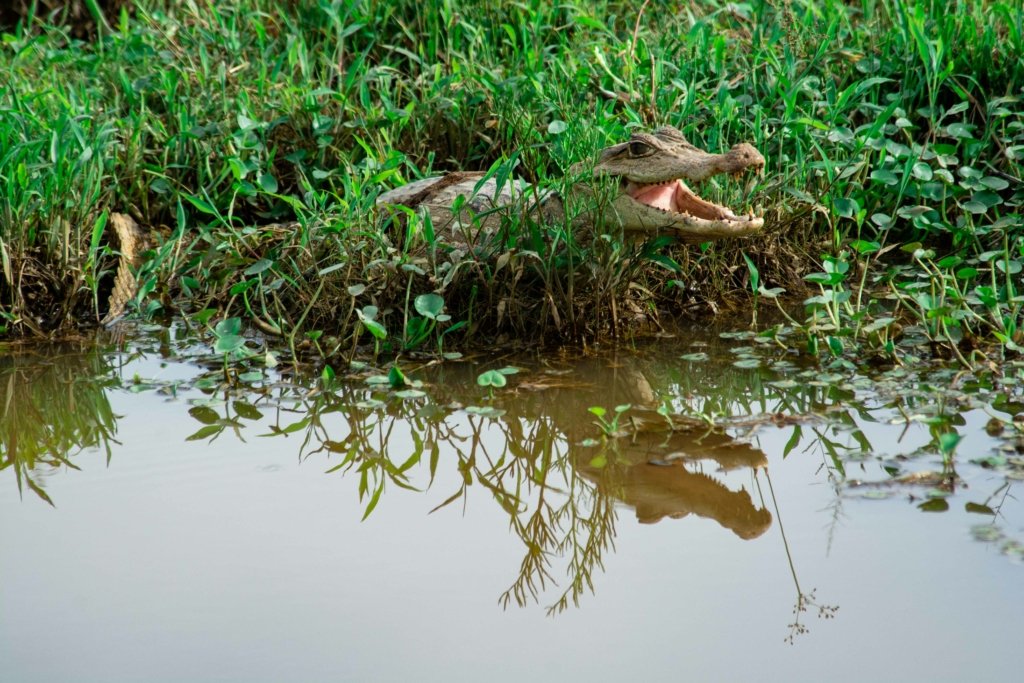
Los ecosistemas de manglares son hábitats importantes para al menos 1,300 especies de animales.
Manglares – Actores clave en el ecosistema costero
Los manglares y sus asociados son considerados un elemento clave en la interacción del ecosistema costero. Los manglares, las praderas marinas y los arrecifes de coral colaboran en un tipo especial de conjunto. Los árboles de manglar atrapan sedimentos y contaminantes que, de otro modo, fluirían hacia el mar. Las praderas marinas actúan como una barrera adicional contra el lodo que podría sofocar los arrecifes. A cambio, los arrecifes protegen a las praderas marinas y a los manglares de las fuertes olas oceánicas. Sin manglares, este ecosistema increíblemente productivo colapsaría.
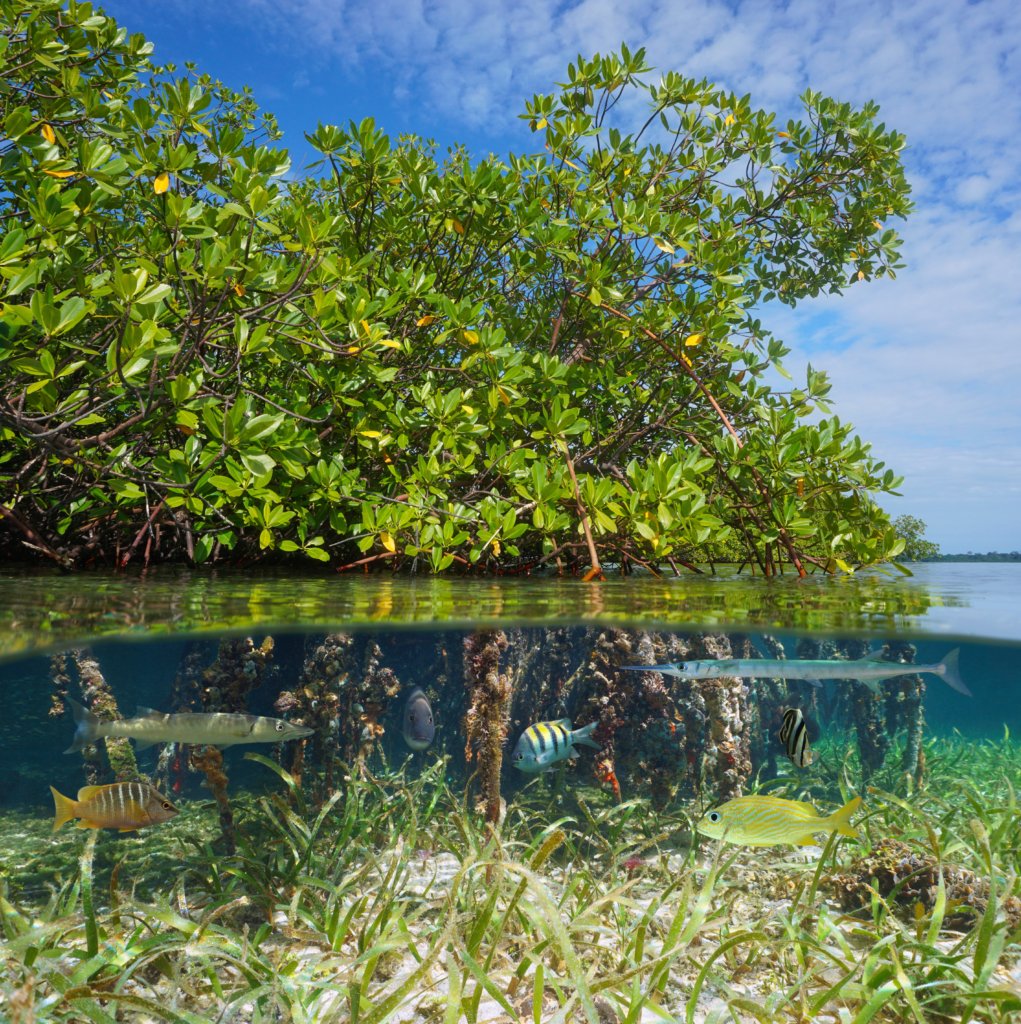
En FORLIANCE estamos desarrollando actualmente una metodología de manglares sostenible junto con Gold Standard.
Tomando medidas concretas hacia la restauración y protección de manglares junto con Gold Standard
En FORLIANCE estamos actualmente desarrollando una metodología sostenible para manglares en conjunto con Gold Standard. La metodología incluirá innovaciones en los sectores de teledetección e información geográfica combinadas con la participación de partes interesadas, para abordar la gestión sostenible del ecosistema de manglares. Esta metodología innovadora incorporará enfoques alternativos de monitoreo y reporte para superar la complejidad y el riesgo asociados con el monitoreo en persona. Además, se garantizará que los proyectos aborden los factores que llevan a la pérdida de manglares, para asegurar impactos positivos en las partes interesadas locales, la biodiversidad y la permanencia de los almacenes de carbono. Se espera que la metodología sea aprobada tan pronto como en el primer trimestre de 2022.
Póngase en contacto con nosotros para obtener más información sobre nuestros proyectos y las metodologías que desarrollamos.

